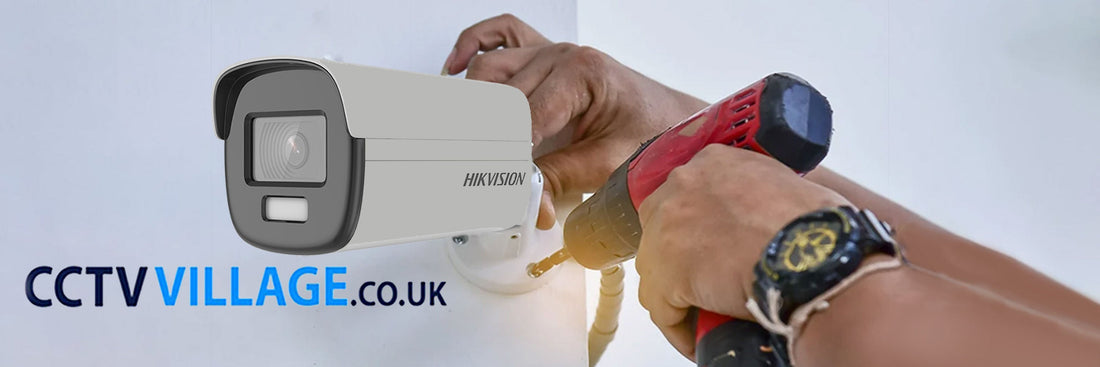Installing a Closed Circuit Television CCTV system is a significant step towards enhancing security and surveillance capabilities, whether for a home, business, or public space. However, several crucial considerations should be taken into account to ensure the system meets your specific needs and operates effectively. Here are some key factors to consider:

1. Purpose and Objectives
- Define your goals: Determine what you intend to achieve with the CCTV system. Are you primarily concerned with security, monitoring specific areas, or both?
- Identify critical areas: Assess which areas need surveillance coverage. This could include entry points, parking lots, sensitive equipment locations, or public spaces.
2. Camera Selection
- Type of cameras: Choose cameras based on the environment they will be placed in (indoor or outdoor), lighting conditions (day/night), and required resolution.
- Features: Consider additional features such as pan-tilt-zoom (PTZ), infrared (IR) capability for night vision, and weatherproofing for outdoor cameras.
3. Placement and Coverage
- Field of view: Ensure cameras cover the desired areas effectively without blind spots. Use site maps or blueprints to plan camera placement.
- Height and angle: Install cameras at an optimal height and angle to capture clear images and minimize interference (e.g., glare or obstructions).
4. Lighting Conditions
- Day and night coverage: Choose cameras that can handle varying light conditions. For low-light areas, consider cameras with IR or thermal imaging capabilities.
5. Storage and Retention
- Data storage: Decide whether to use onsite storage (DVR/NVR) or cloud-based solutions based on storage capacity needs, accessibility, and security requirements.
- Retention policies: Establish how long footage will be stored and ensure compliance with legal and regulatory requirements.
6. Privacy and Legal Considerations
- Compliance: Understand local laws and regulations regarding CCTV use, data privacy, and signage requirements.
- Privacy zones: Use features that allow masking or blurring of specific areas to protect sensitive information or neighboring properties.
7. Monitoring and Accessibility
- Remote access: Choose systems that offer remote monitoring capabilities via mobile apps or web interfaces for real-time viewing and playback.
- Alerts and notifications: Set up alerts for motion detection or specific events to promptly respond to potential security incidents.
8. Maintenance and Support
- Regular maintenance: Plan for routine checks, camera cleaning, and software updates to ensure the system operates smoothly.
- Technical support: Choose a reliable vendor or service provider that offers technical support and assistance as needed.
9. Integration with Existing Systems
- Compatibility: Ensure the CCTV system integrates seamlessly with existing security systems, access control systems, or building management systems if necessary.
10. Budget and Scalability
- Initial costs: Consider upfront costs for equipment, installation, and setup.
- Scalability: Plan for future expansion or upgrades to accommodate evolving security needs or technological advancements.

By carefully considering these factors before installing a CCTV system, you can effectively design and deploy a surveillance solution that enhances security, provides peace of mind, and meets your specific requirements. Whether for residential, commercial, or public use, investing in a well-planned CCTV system can significantly improve overall safety and surveillance capabilities.

